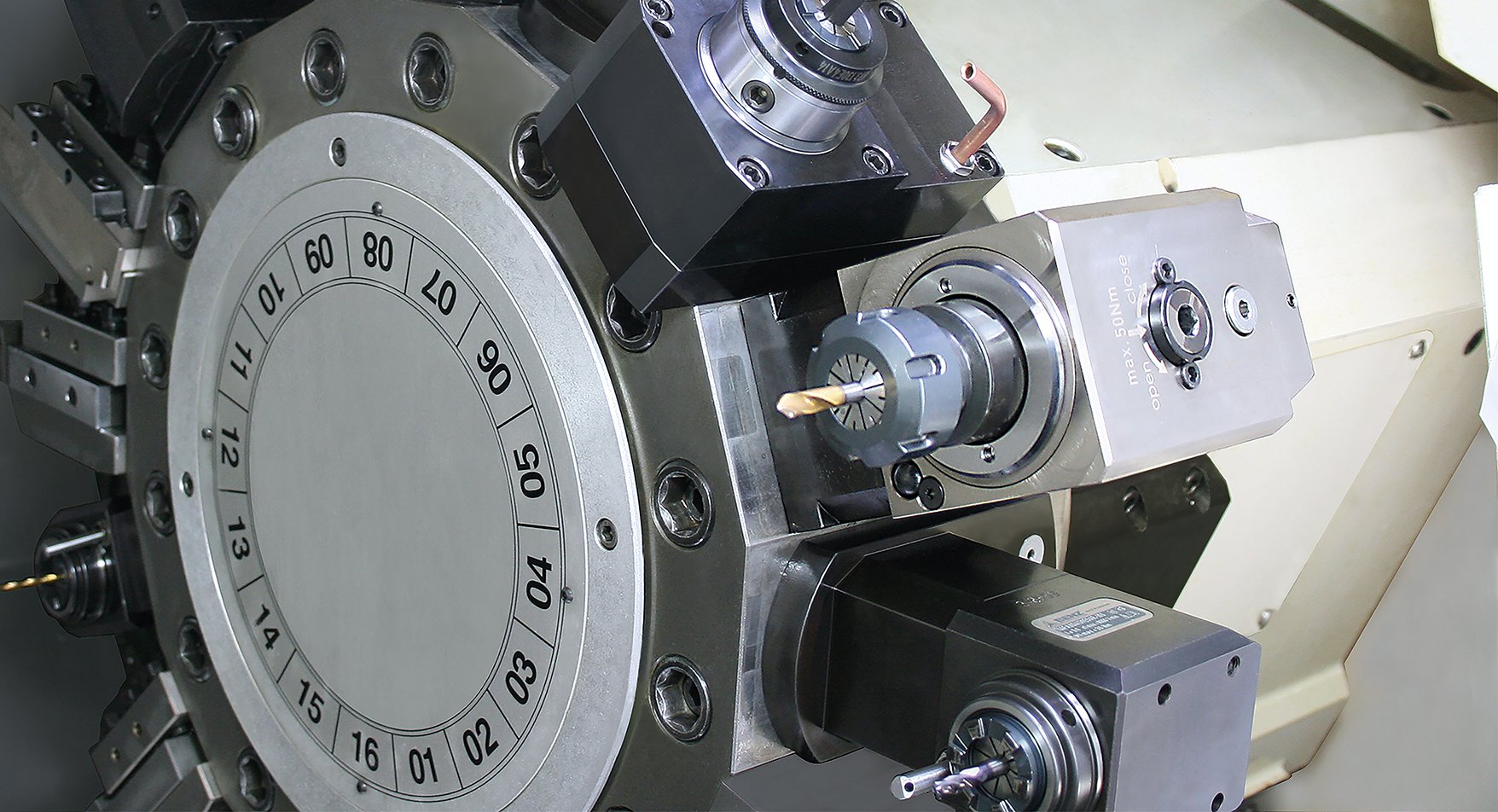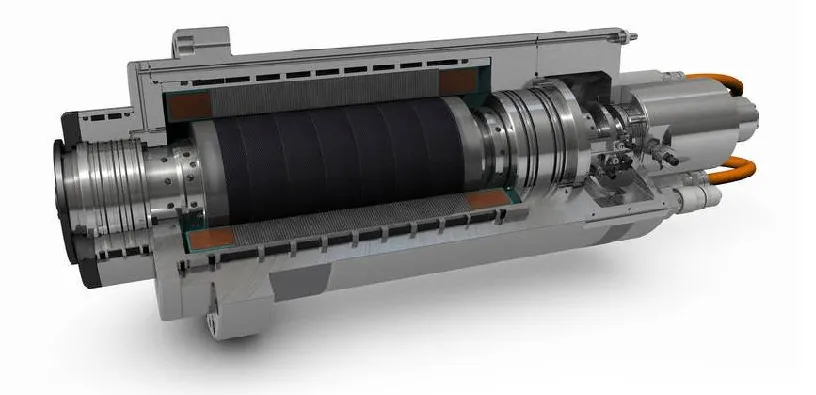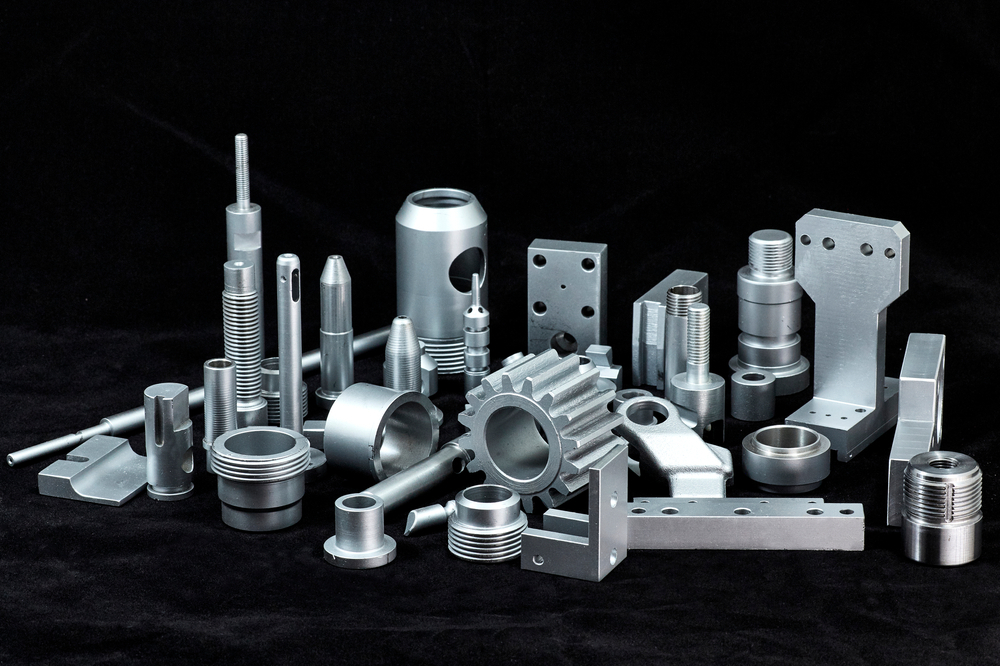Introduction
In the realm of modern manufacturing, CNC (Computer Numerical Control) machining has revolutionized how we produce complex parts with precision and efficiency. Among the various types of CNC machines, the vertical machining centre (VMC) stands out as a pivotal tool. Known for its versatility and precision, the VMC is essential in industries ranging from aerospace to automotive. But what is a vertical machining center, and why is it so crucial in today’s manufacturing landscape?
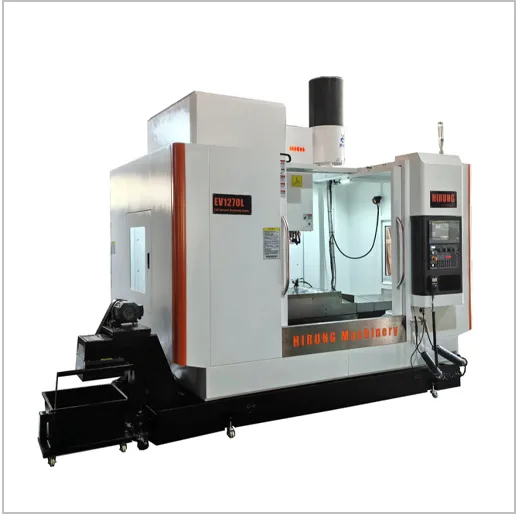
What is a Vertical Machining Center?
A vertical machining center is a type of CNC machine with a vertically oriented spindle. This setup allows operators to efficiently machine parts with precision and speed. Unlike horizontal machining centers (HMCs), which feature a horizontally aligned spindle, VMCs excel in tasks that require vertical operations, such as drilling, milling, and tapping.
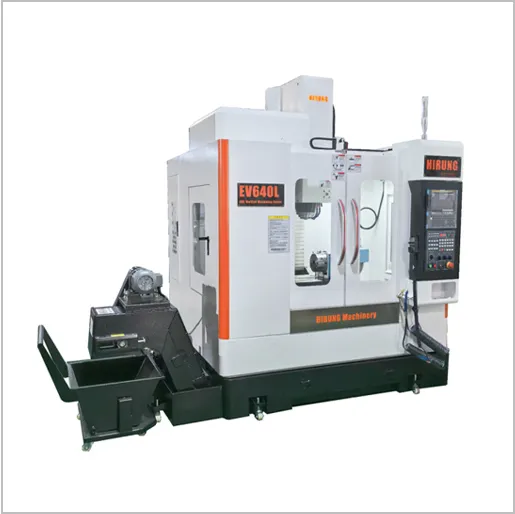
Components and Features of VMCs
Vertical machining centres are composed of several key components that enable their functionality:
- Spindle: The heart of the VMC, responsible for holding and rotating the cutting tool.
- Automatic Tool Changer (ATC): Facilitates quick changes in cutting tools, enhancing productivity.
- Work Table: The surface on which the workpiece is mounted, allowing for precise positioning.
- CNC Control: The brain of the VMC, which manages all machine operations through programmed instructions.
VMCs are available in various configurations, from 3-axis to advanced 5-axis models, offering flexibility for different machining tasks. They also support automation and tooling options, making them adaptable to a wide range of applications.
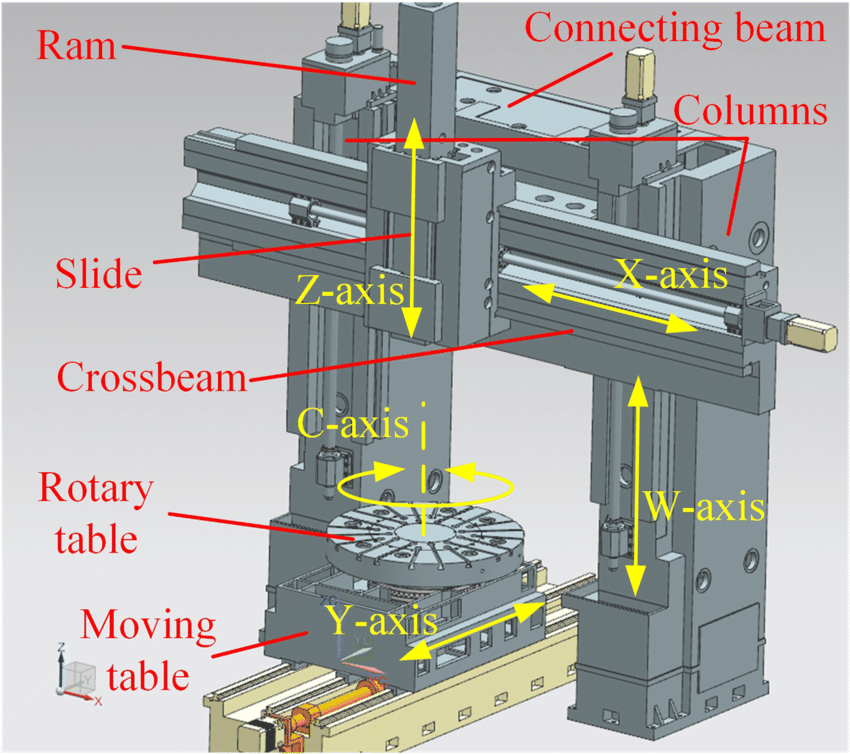
Working Principles
Vertical machining centres operate using CNC technology, which automates the machining process. The operator inputs a program into the CNC control, which dictates the movements of the spindle and table. This automation ensures high precision and repeatability, essential for producing complex parts with tight tolerances.
Applications and Uses
VMCs are widely used across numerous industries due to their versatility and precision:
- Aerospace: Employed to create intricate components like turbine blades.
- Automotive: Used to produce engine parts and transmission components.
- Mould Making and Prototyping: Handle complex geometries and materials effectively.
Advantages of Vertical Machining Centers
Vertical machining centres offer several advantages:
- Cost-Effectiveness: Generally more affordable than HMCs, making them accessible to a broader range of manufacturers.
- Space-Saving: Their vertical design requires less floor space, an advantage for facilities with limited room.
- Ease of Operation: VMCs are user-friendly, with straightforward maintenance and operation procedures.
- High Precision: Capable of producing parts with exceptional accuracy, essential for high-quality manufacturing.
Limitations and Considerations
While VMCs are highly versatile, they do have some limitations. For instance, they may struggle with very heavy workpieces and can also face challenges with chip removal during machining. Therefore, when selecting a VMC, it’s crucial to carefully consider the specific requirements of your project, such as material type and production volume, to ensure optimal performance.
Conclusion
Vertical machining centres play a vital role in the modern manufacturing landscape, offering precision, efficiency, and versatility. As technology advances, VMCs continue to evolve, promising even greater capabilities and applications. For manufacturers seeking high-quality CNC solutions, understanding the benefits and capabilities of VMCs is essential for staying competitive in today’s market.
If you want to learn more about how vertical machining centers can enhance your production capabilities or need expert advice on selecting the right machine for your needs, contact our team at HIRING. We are here to help you achieve precision and excellence in your manufacturing processes.

